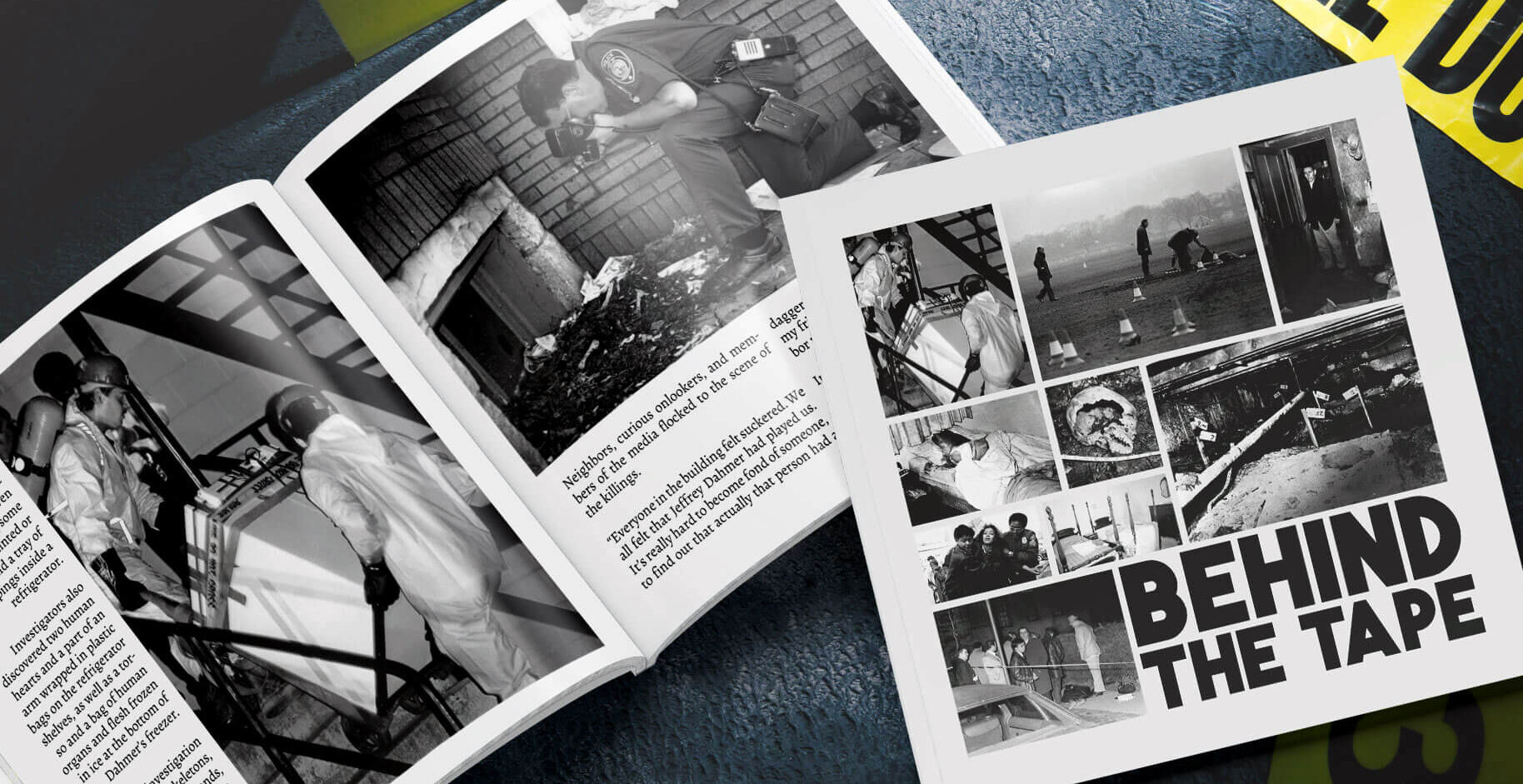On the early morning of January 15, 1947, a mother taking her child for a walk in Leimert Park, Los Angeles, stumbled upon a deeply disturbing sight: the body of a young, naked woman, cut cleanly in half at the waist.
The badly mutilated body was lying just a few feet from the sidewalk and was posed in such a way that passersby reportedly thought it was a mannequin.

Despite the extensive mutilation and injuries on the body, there wasn’t a drop of blood at the scene, indicating that the woman had been killed elsewhere.
The reporters from the LA Examiner who were present at the scene offered the LAPD to transmit fingerprints taken from the scene to the FBI via the primitive “Soundphoto” service in exchange for an exclusive reveal of the woman’s identity.
The victim turned out to be a 22-year-old aspiring actress Elizabeth Short, dubbed by the media as the Black Dahlia for her rumored penchant for sheer black clothes.

In order to beat their competition, the LA Examiner called Elizabeth Short’s mother, Phoebe Short, and falsely told her that her daughter had won a beauty contest.
After prying as much personal information as they could, the reporters revealed that her daughter had, in fact, been murdered.
During the initial investigation, police received sixty confessions, most made by men. Since then, over 500 people have confessed to the crime, some of whom had not even been born at the time of Short’s death.
Although there has never been a shortage of suspects in the Black Dahlia case, police have never been able to find any promising leads.

In his book The Cases That Haunt Us, legendary FBI profiler John Douglas theorized that Short’s murder would have been solved if it were committed today. In Douglas’ words, “the killer would have given himself in by his behavior after the murder.”
Based on the coroner’s inquest, autopsy files, and case records, Douglas created a psychological profile of Black Dahlia’s killer.
Douglas suggests that the killer was a white male, in his late 20s or older, with a high school education. He lived alone, worked with his hands, and was comfortable with a knife and blood – possibly a butcher or slaughterhouse worker.

The profiler described Dahlia’s killer as compulsive, patient, and deliberate, a frequent user of escort services. A heavy drinker under financial stress, the culprit spent several days with the victim and, when drunk, let his personal stress and alcohol escalate into a shocking murder.
Douglas believes that the killer must have known Short well enough to have some emotional attachment to her.
According to the profiler, Black Dahlia’s killer chose extensive mutilation to make a personal statement about the rage he felt towards the young woman.
The public display indicates that the killer wanted the world to see Elizabeth Short and the wrongdoings that he believed she had done to him.

Douglas also speculates that the killer chose the disposal site for a reason, possibly due to a personal connection to the neighborhood. He may have experienced a financial setback after construction in the area was halted because of the war.
Following the murder, the killer might have become paranoid, believing that he left some evidence behind. This might have caused the killer to become obsessed with the case, following all the media coverage and collecting clippings.
The UNSUB most likely kept a memento of the crime and started taunting the police and newspapers after becoming convinced he would not get caught.

This might explain the letters and the personal items mailed to the newspapers.
What caused the Black Dahlia’s killer to stop?
Douglas believes that the killer was never under the same sort of stress again, or perhaps he died. It is possible that the murderer committed suicide, was sent to a mental institution, or simply faded into obscurity, sure that he would never be caught.
Will the Black Dahlia’s murder ever be solved?
Unlikely.
Theories and false confessions abound, and physical evidence is non-existent.

Enjoy exploring the dark, uncensored side of true crime? Behind the Tape Photobook features a hand-picked collection of the most spine-chilling crime scene photos.
WARNING: THE PHOTOBOOK ISN’T FOR THE FAINT OF HEART.
-
Product on sale
 Behind the Tape Photobook (Paperback)Original price was: $36.$18Current price is: $18.
Behind the Tape Photobook (Paperback)Original price was: $36.$18Current price is: $18. -
 The eBook Bundle$20
The eBook Bundle$20 -
Product on sale
 Paperback CollectionOriginal price was: $76.$38Current price is: $38.
Paperback CollectionOriginal price was: $76.$38Current price is: $38.









